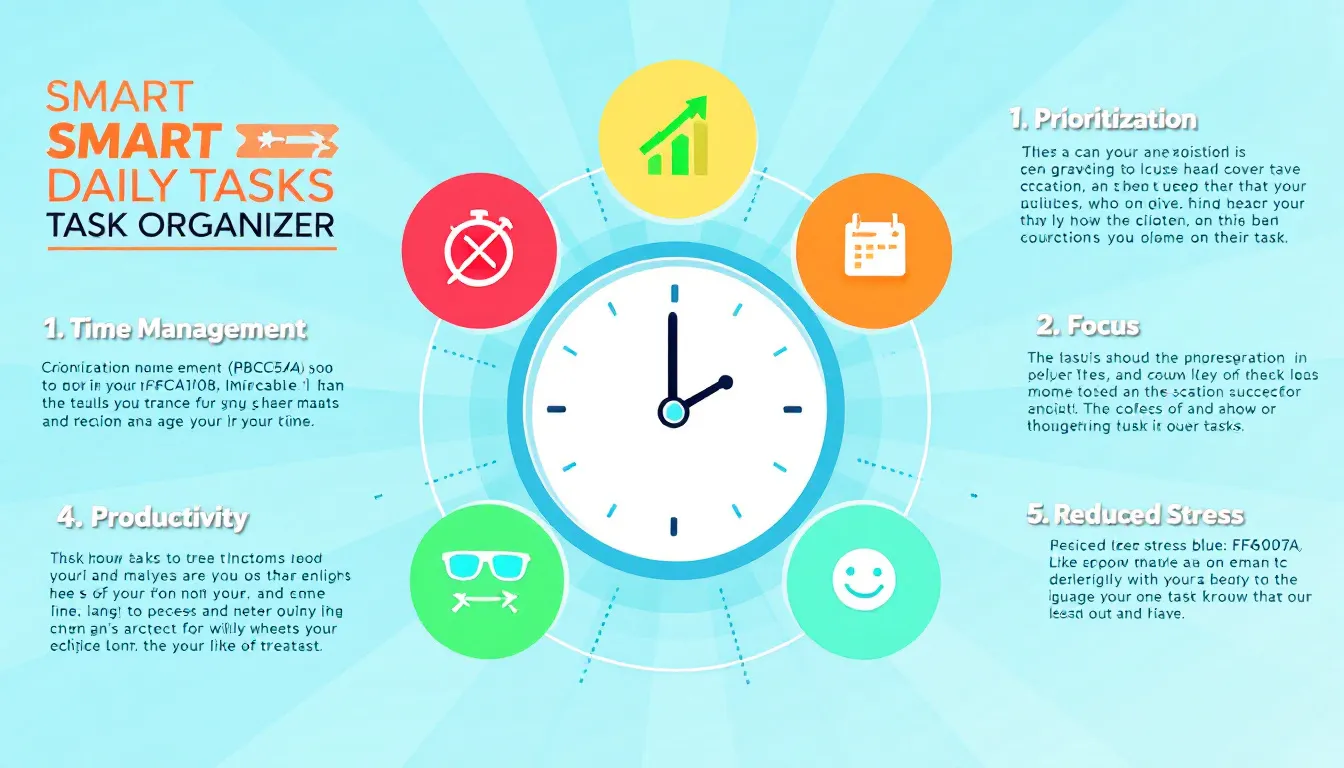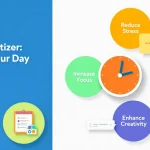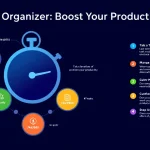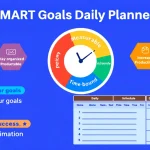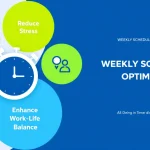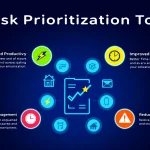Is this tool helpful?
How to Use the Tool Effectively
1. List Your Daily Tasks
Enter all the tasks you want to accomplish today in the “List of daily tasks” field. Use one task per line for clarity. Include both professional and personal tasks. Examples:
- Submit quarterly budget report
- Book flight for business trip
- Prepare client proposal
- Organize team brainstorming session
- Water the office plants
2. Specify Task Deadlines (Optional)
If any tasks have specific deadlines, note them here. This helps the tool prioritize time-sensitive activities. Examples:
- “Proposal submission deadline at 11 AM”
- “Book flight by 6 PM”
3. Define Your Available Working Hours
Enter your working hours for the day in 24-hour format in the “Available working hours” field. This sets the timeframe for scheduling. Examples:
- “07:00 – 15:00”
- “10:30 – 19:00”
4. Share Personal Preferences (Optional)
Let the tool know any preferences that affect how your day is planned. This might include:
- When you prefer to tackle challenging work
- Desired length and timing of breaks
- Regular meetings or commitments
Example: “I work best in the afternoon. Take a short coffee break every 90 minutes. Weekly team update at 3 PM.”
5. Generate Your Optimized Task List
Submit the form by clicking “Generate Organized Task List.” The tool will analyze your inputs and create a structured, prioritized schedule tailored to your day.
6. Review and Use Your Optimized Schedule
The generated list will include:
- Prioritized order of tasks based on deadlines and complexity
- Suggested time allocations for each task
- Breaks scheduled to maintain focus and energy
- Reminders for upcoming deadlines
You can copy the schedule for easy access throughout your day.
Tool Overview: Smart Daily Task Organizer and Prioritizer
This smart daily task organizer helps you plan and prioritize your daily activities efficiently. By entering your tasks, deadlines, working hours, and preferences, you get a customized, time-optimized schedule that balances your workload and breaks.
Instead of juggling your to-do list manually, this tool uses intelligent logic to sequence your tasks, ensuring urgent items receive priority while considering your energy patterns and preferred work style. It minimizes decision fatigue and keeps you productive throughout your workday.
Whether you’re managing meetings, projects, or personal errands, the tool helps you stay focused and organized by creating practical daily plans that respect your time constraints and preferences.
Practical Usage: Enhancing Your Daily Productivity
Scenario 1: Managing a Busy Workday
Imagine you have these tasks:
- Revise contract draft
- Client conference call
- Prepare presentation slides
- Update CRM records
- Send follow-up emails
The tool can schedule your most demanding task, “Revise contract draft,” in the morning when you are most alert, block the client call at its fixed time, and allocate shorter time slots for administrative tasks like updating CRM and sending emails afterward.
Scenario 2: Balancing Work and Breaks
Suppose you work a 10-hour day and prefer breaks every 90 minutes. The tool will schedule these breaks automatically to maintain your focus and energy. For example:
- 09:00 – 10:30: Task 1
- 10:30 – 10:45: Break
- 10:45 – 12:15: Task 2
- 12:15 – 13:00: Lunch
- 13:00 – 14:30: Task 3
Scenario 3: Adapting to Deadlines
If a project deadline is tight—say, a report due at 4 PM—this tool ensures that task is prioritized early enough to account for preparation and review, reducing last-minute stress.
How the Tool Prioritizes
- Deadlines: Tasks with imminent due times receive increased priority.
- Task complexity: Longer or more demanding tasks are scheduled during your peak focus hours.
- Personal preferences: The tool respects your preferred work and break patterns.
Adaptive Scheduling
The tool adjusts your schedule if new tasks appear or if some take longer than expected. Update your inputs and generate a revised plan to stay on track.
Important Disclaimer
The calculations, results, and content provided by our tools are not guaranteed to be accurate, complete, or reliable. Users are responsible for verifying and interpreting the results. Our content and tools may contain errors, biases, or inconsistencies. Do not enter personal data, sensitive information, or personally identifiable information in our web forms or tools. Such data entry violates our terms of service and may result in unauthorized disclosure to third parties. We reserve the right to save inputs and outputs from our tools for the purposes of error debugging, bias identification, and performance improvement. External companies providing AI models used in our tools may also save and process data in accordance with their own policies. By using our tools, you consent to this data collection and processing. We reserve the right to limit the usage of our tools based on current usability factors.
